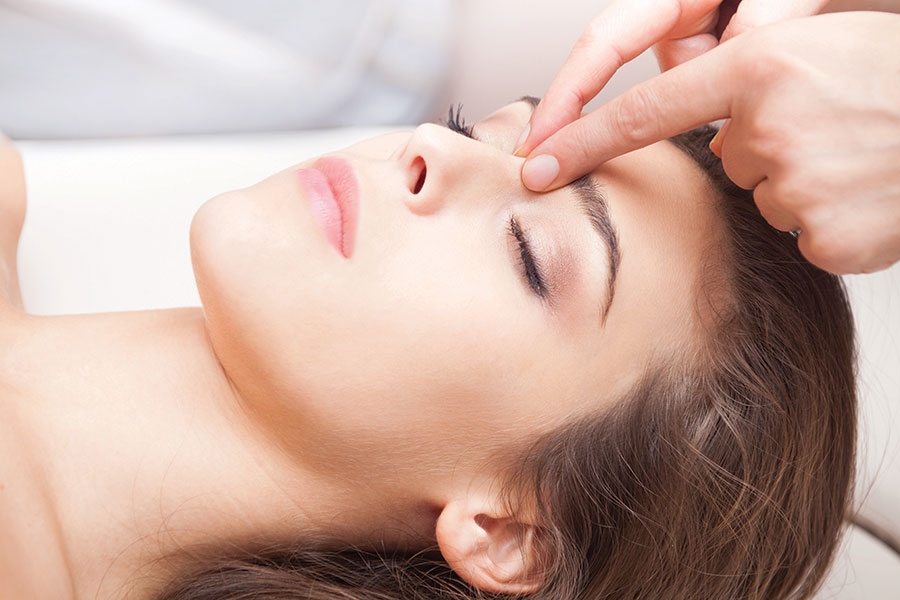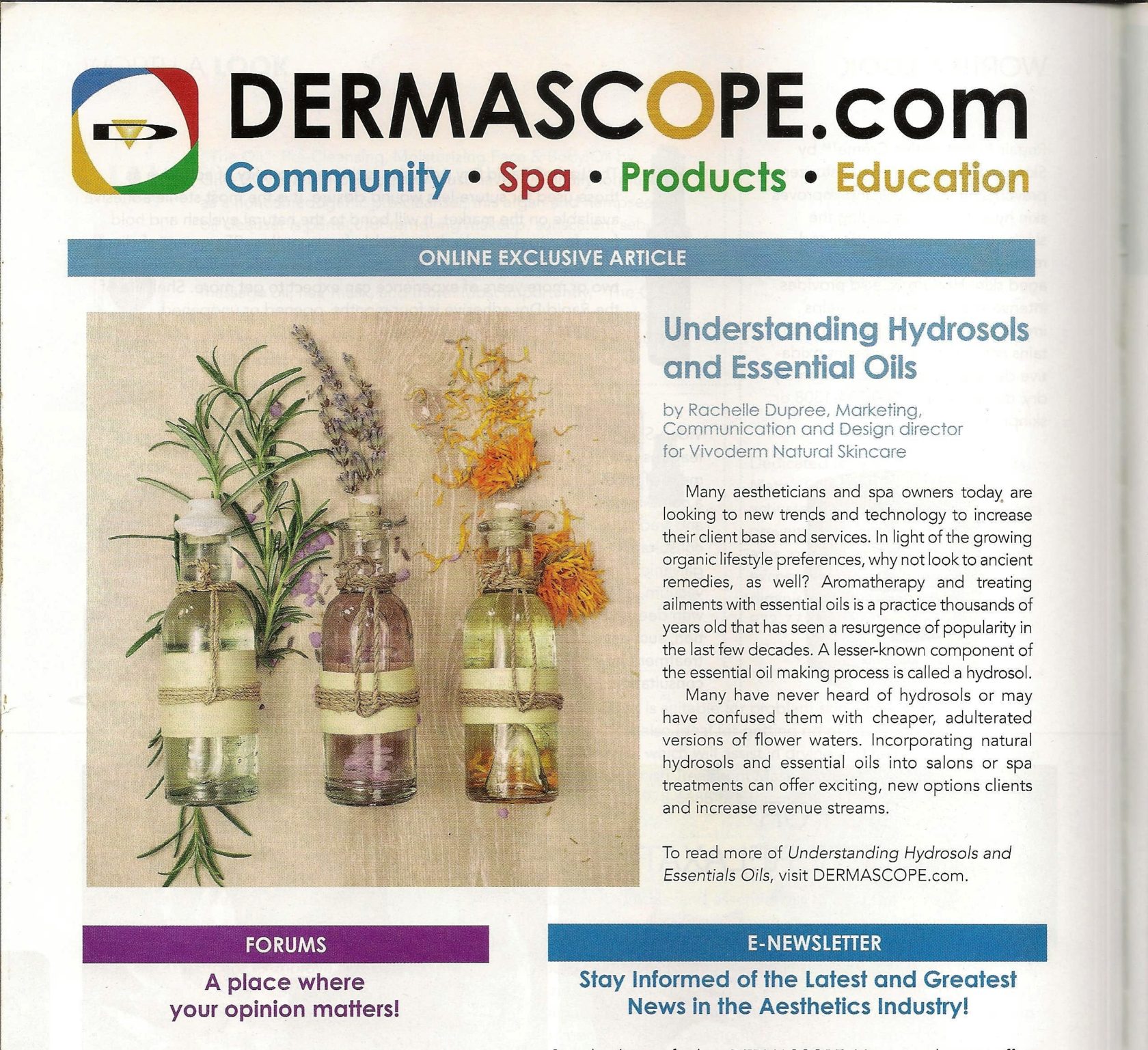
Written by Rachelle Dupree for Dermascope Magazine, October, 2018 – Print and Online https://www.dermascope.com/digital/October2018/ Today, it is difficult not to notice the growing trend for natural, organic, and less chemically-laden products. Everything from foods to home goods to skin care has changed course from laboratory formulations to producing the purest products possible. As professionals, is it necessarily better to advise clients to make the switch? Recent studies show almost 50 percent of consumers today are buying natural beauty products and a further eight percent slowly making the switch from more formulated brands. Given the choice between a moisturizer that contains tea tree oil, lavender, or rosemary over one that contains dicaprylate, cholesterol sulfate, potassium sulfate, and decarboxy carnosine HCL, most clients would choose the former. But those familiar-sounding botanical ingredients might not always be the smartest choice when it comes to the health of clients’ skin. One must consider the fact that not all plants are beneficial. Take, for instance, poison ivy. It is a totally natural plant – but one should not rub it on his or her face. Allergic reactions can be experienced from a multitude of ingredients, including botanicals. It might not be carcinogenic, but that does not remove the possibility it could irritate the skin. It is always a best practice to do a small skin patch test on a client’s skin before using a product. Many dermatologists have found the top triggers of allergic reactions in their patients can be experienced from natural, plant-based ingredients like eucalyptus, tea tree oil, and rosemary. Even if a client is not allergic, some mint-based and citrus-derived ingredients are common causes of skin irritation. They may not cause a full-blown allergic reaction, but they can still create an itch and a rash. This effect can be experienced by simply adding a natural essential oil, like cinnamon, to hot bath water. Patients are often shocked to hear their rashes, blisters, itchy skin, and swollen eyes can be caused by Mother Nature. Overall, botanical products are not bad – just do not assume they are the best for everyone. When in doubt, test it out. For the vast majority of clients, most skin products are safe. Indeed, some fare better with soothing botanicals than formulations. Dermatologists caution that allergies are not inherent, they develop over time. A client can use a particular product for years and then one day develop an…
Read More



